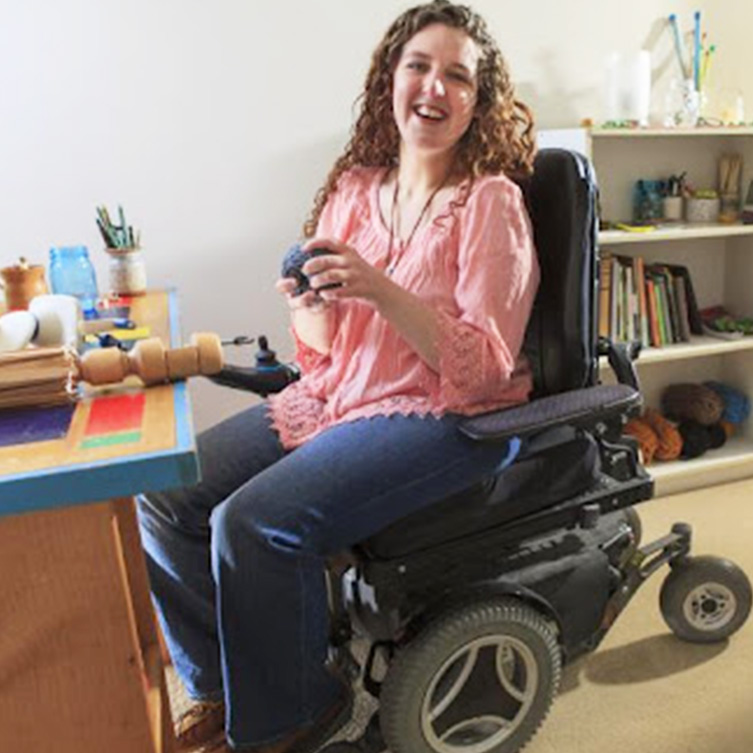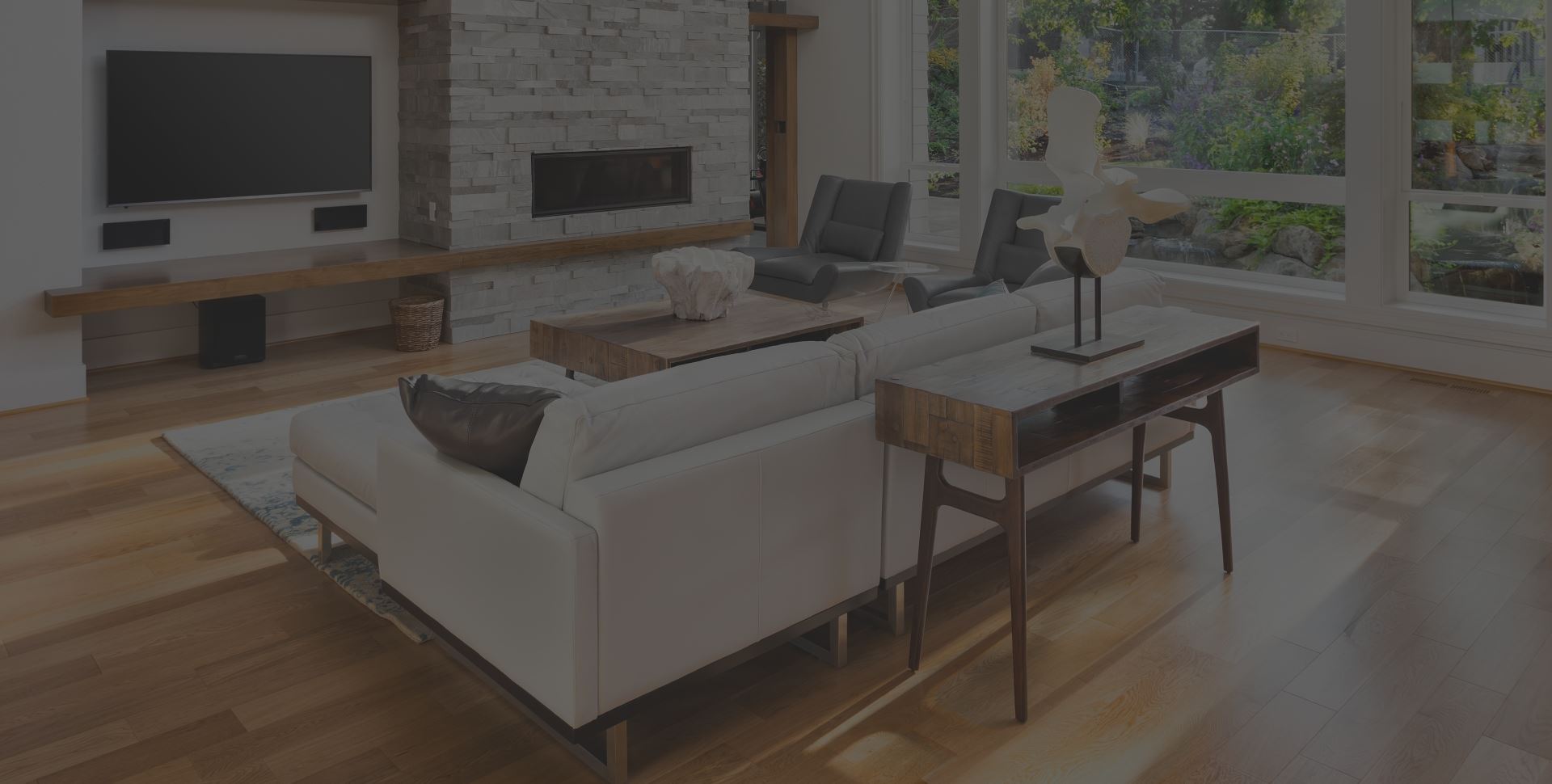Mobility Solutions for Patients with Muscular Dystrophy in Houston
Muscular Dystrophy is a group of diseases that cause progressive weakness and loss of muscle mass. Gene mutations interfere with the production of proteins that are needed to form healthy muscle. There are many different kinds of Muscular Dystrophy. Symptoms mostly begin during childhood, but there are other types that don’t surface until adulthood.
Contact us for more information

Helpful Products
The most common form is Duchenne type Muscular Dystrophy. Signs and symptoms, which typically occur during early childhood, can include:
- Frequent Falls
- Struggling to rise from a lying or sitting position
- Trouble Running and Jumping
- Waddling Gait
- Walking on the Toes
- Large Calf Muscles
- Muscle Pain and Stiffness
- Learning Disibilities
- Delayed Growth
There are 3 general stages of Muscular Dystrophy. Stage 1 usually occurs during the ages of 2 to 5 years. The child struggles to hit developmental milestones, including walking, crawling, and talking. The child can have trouble getting up from a sitting position or it takes more time to do so than other children of the same age. Climbing stairs also becomes very difficult. Between ages 6 to 9, children with Muscular Dystrophy may start to walk on their toes or have a wobbly gait.
Stage 2 takes place during late childhood or adolescence. As the disease worsens, muscle weakness and atrophy start to affect the forearms, neck, trunk, and lower legs. Walking becomes noticeably more difficult and fatigue occurs when walking long distances. Leg braces may be needed by the time the child turns 8-9 years old. By 10 to 12, most children living with Muscular Dystrophy will need a wheelchair.
Stage 3 occurs mostly during the teenage years. During this stage, most teens have trouble using their hands and legs. They become extremely dependent on a power wheelchair at all times. Weakening/deterioration of the heart muscle causes a decreased ability for the heart to pump blood to other parts of the body.
LiveWell has a wide range of mobility products that can support a higher quality of life for patients living with Muscular Dystrophy and also provide support for the caregivers.
LiveWell Products that can assist with Activities of Daily Living:
Patient Lifts
As Muscular Dystrophy progresses and motor control declines, patients and their caregivers should be planning for the next phase of independence. LiveWell provides several variations of floor lifts, or Hoyer Lifts, and overhead ceiling track lifts. It’s important to be thinking of all the various locations throughout the home that the patient will need access to.
Most commonly, ceiling lifts allow caregivers to transfer the patient from the bed to a wheelchair. A Hoyer lift can be used to transfer someone from a wheelchair to a shower chair for bathing. Ceiling tracks can be designed to move the patient from room to room; for example, moving the patient from the bedroom to the shower.
Bathroom remodeling to include a zero-entry shower, grab bars, and wheelchair accessible vanities
- Almost all caregivers of patients with Muscular Dystrophy realize quickly that they will need to make modifications to the home for safety and accessibility purposes. Modifications to the bathroom will be important to both the patient and the caregivers. Installing a raised toilet seat with arms can make the transfer to the toilet easier. A zero-entry shower that has no threshold is very helpful because it removes any tripping hazards. Wheelchairs can also be rolled into the shower allowing for a shorter distance of transferring the patient. Wheelchair accessible vanities can be installed that allow for the wheelchair to roll underneath and the patient is able to safely use the sink without leaving their chair.
Grab Bars
- Patients can begin to experience muscle weakness even in the early stages of Muscular Dystrophy. Grab bars are critical in the early stages of the disease while the patient still has the ability to walk. Grab bars help to sustain balance and prevent falls and injuries and should be installed in the shower and beside toilets. Standing grab bars are a great solution beside beds and when there are glass shower doors and no good location for mounting a traditional grab bar.
In-home elevator
- When a patient with Muscular Dystrophy is no longer able to walk on their own or requires constant use of a power chair, it may be time to consider adding an in-home elevator. There are several types of elevators that can be used. Standard residential elevators require a pit and an elevator shaft. LiveWell’s innovative through-the-floor home lifts require no elevator shaft and can be freestanding. An inclined or vertical platform lift is perfect for accessibility for wheelchair users. Vertical platform lifts can be used indoor or outdoor and have an open platform. They take up less space than a ramp.
Doorway Widening
- A lot of times, people never stop to consider their doorways when they are considering making accessibility modifications. It is so important to consider the size of the patient’s assistive devices when thinking about expanding the doorways in the home. The standard size of an interior door ranges from 22 to 30 inches. The minimum recommended door width for those with assistive equipment that will need to pass through it is 36 inches.
- As Muscular Dystrophy progresses and the patient has a harder time walking or is confined to a wheelchair, entering and exiting may become a problem if there are stairs or uneven, rough terrain. A ramp can remove any barriers to entry and provide a safer way to enter and exit. Ramps come in all shapes and sizes and are custom fitted to the home. They can be made out of wood or metal, depending on the patient’s needs.
Lift Chairs
- Lift Chairs are used for patients who struggle to raise and lower themselves from a seated position without help. They ensure that patients can sit and stand in a safe, controlled manner without a caregiver’s help to reduce the risk of falls or related injuries. This also helps to enhance the patient’s sense of independence and normalcy as long as possible. The comfort and safety aspect of the chair allows for patients to be comfortable while maximizing pain relief.
- Not only are lift chairs a great addition with many benefits for the patient, it’s also great for the caregivers as well. This reduces the need to help someone in and out of a chair. It also provides caregiver peace of mind knowing that the risk of injury to the user from standing and sitting is minimized.
Power Chairs
- Leading an active life is of the utmost importance for patients with Muscular Dystrophy, and power scooters can help them do just that in a safe and stress-free way. Power chairs are battery powered mobility devices that allow patients to travel to places without having to walk. Vehicle lifts or hitch-mounted lifts can be used to transport the chair wherever needed.
- There are a variety of power chairs available and the type needed is based on various factors: where and how patients plan on using their scooter, specific mobility needs, and budget.
While there is no cure for Muscular Dystrophy, LiveWell and our wide variety of products can help to ensure that mobility isn’t an issue. Our products and services can make any room in the home safer and more accessible for those that are battling Muscular Dystrophy. Contact us today to schedule a free in-home consultation. Our team of experts can evaluate the home and provide a thorough proposal of all available options.


